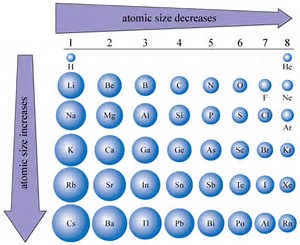
Textbook content produced by OpenStax is licensed under a Creative Commons Attribution License. Two adjacent edges and the diagonal of the face form a right triangle, with the length of.

Solution (a) In an FCC structure, Ca atoms contact each other across the diagonal of the face, so the length of the diagonal is equal to four Ca atomic radii (d 4r). We recommend using aĪuthors: Paul Flowers, Klaus Theopold, Richard Langley, William R. (a) What is the atomic radius of Ca in this structure (b) Calculate the density of Ca. Use the information below to generate a citation. Then you must include on every digital page view the following attribution: If you are redistributing all or part of this book in a digital format, Then you must include on every physical page the following attribution: If you are redistributing all or part of this book in a print format, Want to cite, share, or modify this book? This book uses the When do the attractive (van der Waals) and repulsive (electron overlap) forces balance? How does this relate to the potential energy versus the distance between atoms graph? Explain. When is the total force on each atom attractive and large enough to matter? Then select the Component Forces button, and move the Ne atom. Select the Total Force button, and move the Ne atom as before. Move the Ne atom on the right and observe how the potential energy changes. (c) Select the Interaction Potential tab, and use the default neon atoms. How do the given temperatures for each state correlate with the strengths of their intermolecular attractions? Explain. (b) For each substance, select each of the states and record the given temperatures. What similarities do you notice between the four substances for each phase (solid, liquid, gas)? What differences do you notice? Explore by selecting different substances, heating and cooling the systems, and changing the state. Open the PhET States of Matter Simulation to answer the following questions:


 0 kommentar(er)
0 kommentar(er)
